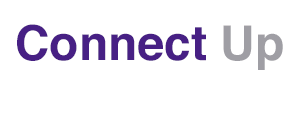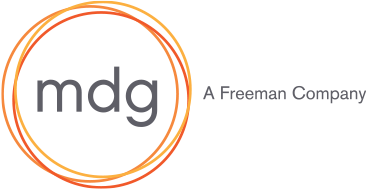
AI is transforming email marketing into one of the most effective attendee acquisition tools in your arsenal. While splashy headlines talk about AI designing events or writing campaigns from start to finish, the wins we’ve seen are happening in the inbox, where AI is helping marketers send smarter, more personalized emails that convert.
Instead of replacing your strategy, AI is making proven tactics like writing effective subject lines, segmentation, and send-time optimization faster and more precise. Here’s how event marketers can put AI to work in ways that move the needle right now.
1. Subject Lines That Actually Work
Subject lines are often the first (and sometimes only) chance to capture attention. AI tools can now generate dozens of variations in minutes, ranking them by tone, clarity, and urgency.
For marketers, this means you can expand your pool of options without investing hours in brainstorming. A smart way to begin is to pit an AI-generated subject line against one you’ve written yourself. While the AI version may not be the wittiest, it often surfaces direct, clear phrasing that cuts through inbox clutter. The role of the marketer is to step in at the end, refining the choice so that it stays aligned with the event’s voice and brand personality.
2. Smarter Send Times
Timing matters as much as messaging. For years, marketers have defaulted to sending emails midmorning during the workweek. But inboxes have grown more unpredictable. AI can analyze audience behavior to predict when specific groups are most likely to engage, allowing you to stagger delivery across different times of day or even days of the week.
This approach reduces the risk of your message getting lost in a flood of emails, and instead, increases the likelihood of reaching people when they are actively checking their inbox. The outcome is a smoother engagement curve, rather than one short-lived spike.
3. Segmentation That Goes Beyond Job Title
Segmentation has long been important in email marketing, but AI is elevating it beyond traditional categories like job title or industry. By clustering audiences based on behaviors, such as which emails they’ve opened, which sessions they attended at last year’s event, or which pages they’ve explored on your site, AI uncovers insights that would take days of manual analysis.
Testing even one AI-driven segment can reveal meaningful differences. A group of “frequent clickers who haven’t registered,” for example, may respond better to urgency-driven content than a broad audience of industry professionals. By layering this behavioral intelligence into campaigns, marketers can make emails feel more personal and more relevant without sacrificing efficiency.
Where Humans Still Win
AI won’t catch everything. Subject lines that “score” high may miss cultural nuance. Send-time models can overfit if your audience shifts. And behavior-based clusters still need a strategist to translate insights into messaging.
AI is best as an accelerator, spotting patterns, crunching tests, and cutting time while humans ensure tone, context, and creativity land the message.
How To Start Smarter This Quarter
The simplest way to begin is to focus on just one campaign in the coming weeks, perhaps an early bird announcement or a last-chance reminder, and introducing one AI variable. That might mean testing an AI-generated subject line, experimenting with send-time optimization, or adding one behavior-based segment (as long as you have decent data and tracking capabilities) to your audience list.
Track opens, clicks, and registrations to get a full picture of impact. By starting small, refining based on results, and keeping human review at the center, event marketers can let AI sharpen what already works and build momentum toward more effective inbox strategies.
AI doesn’t need to run your whole marketing plan to make a difference — running focused tests in email can unlock measurable gains. Done right, these experiments compound into smarter campaigns with stronger results.

